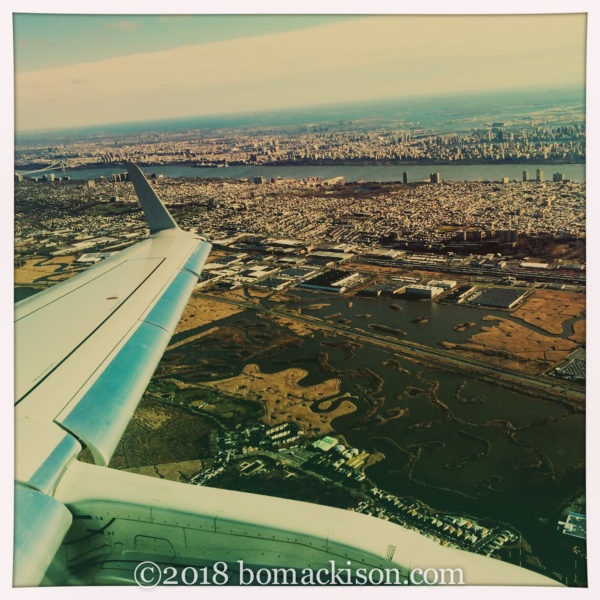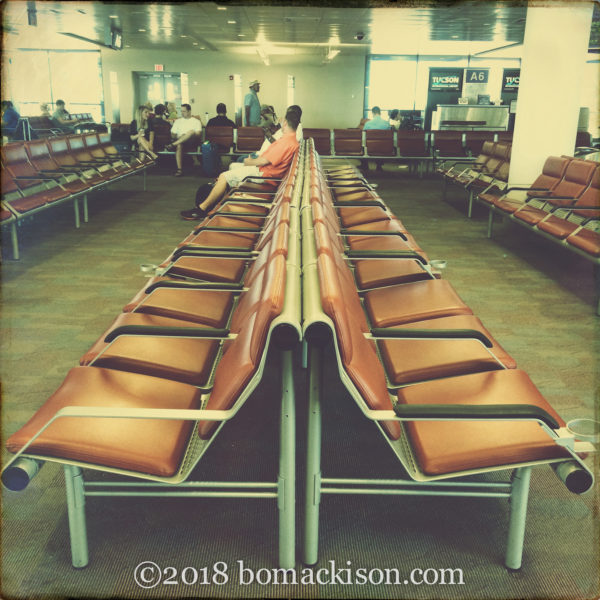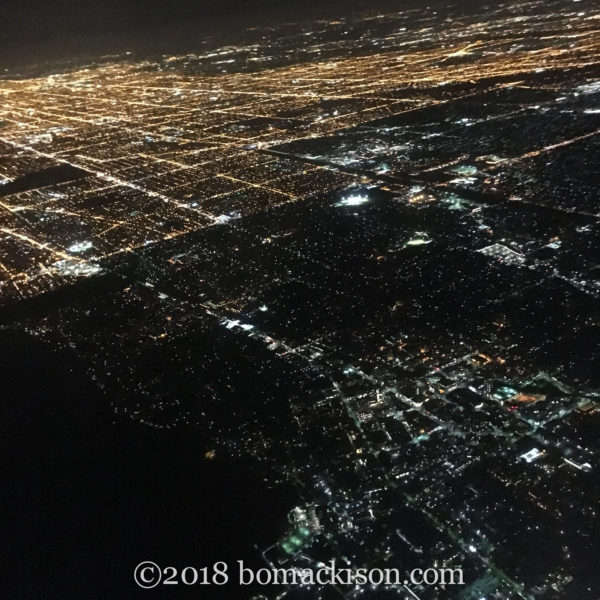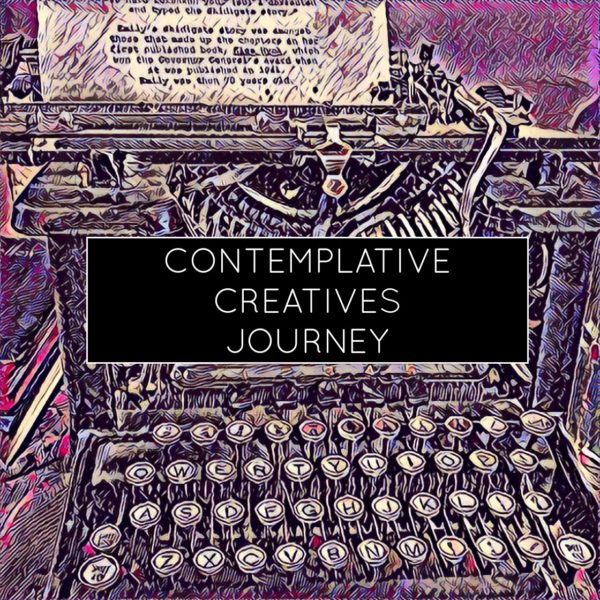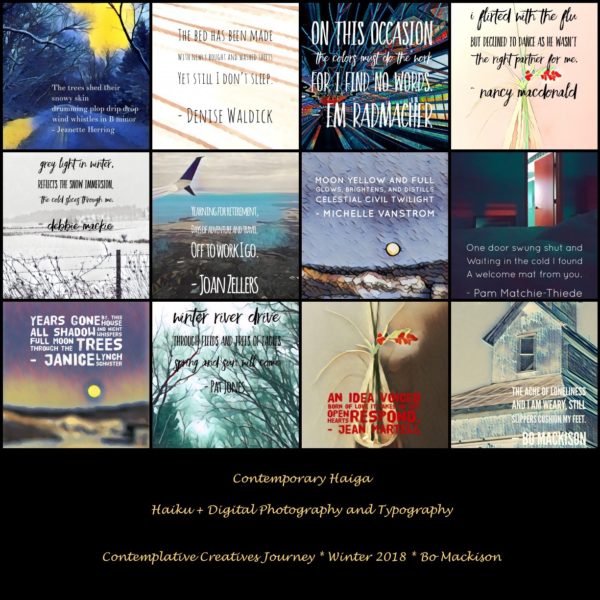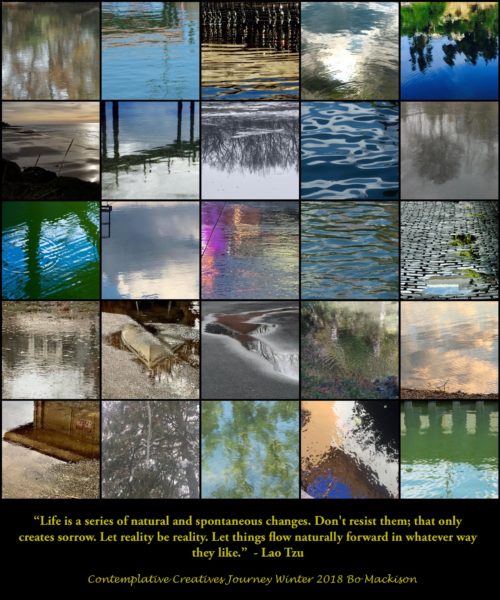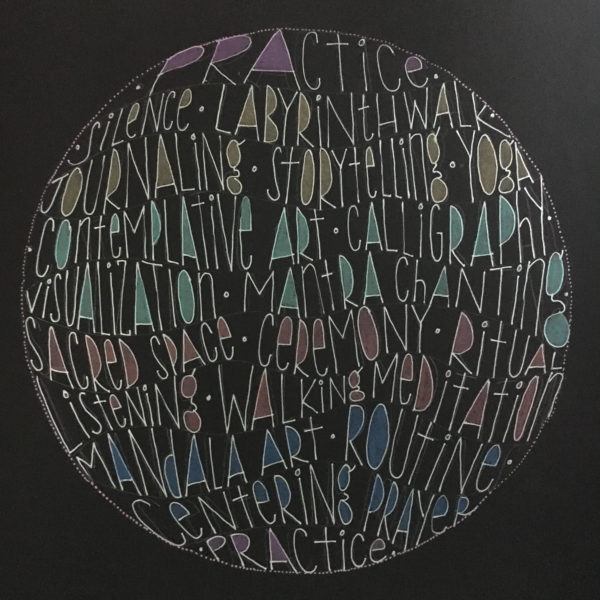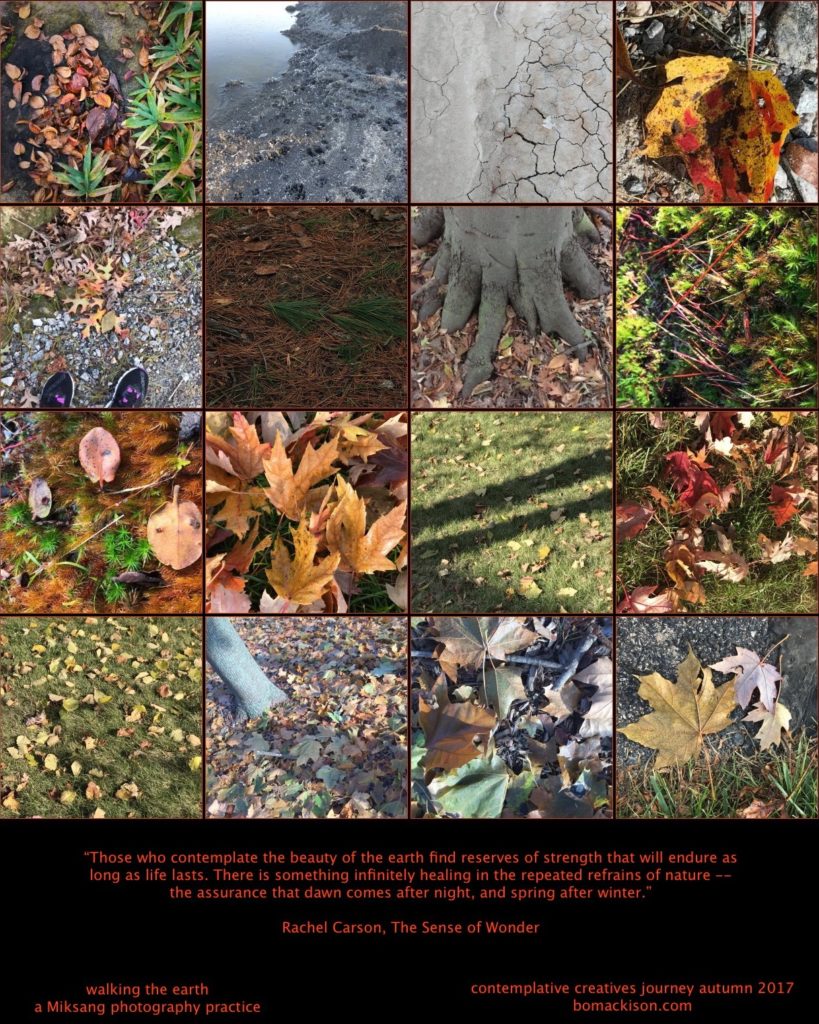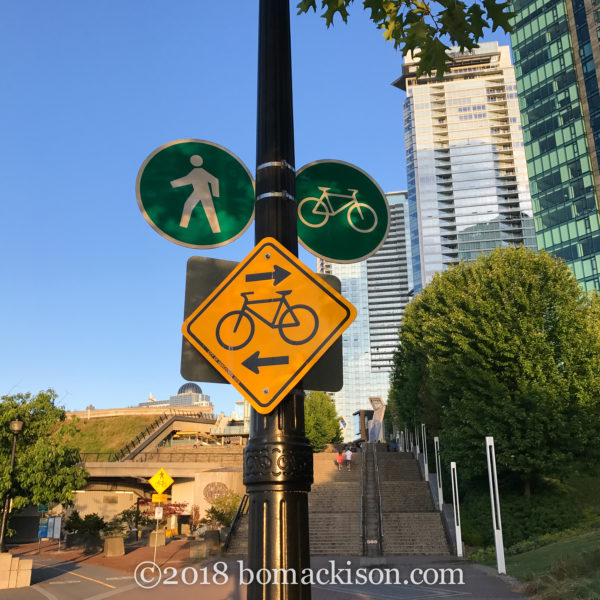
Website:
Writing Away by Lavonia Spaulding
From the introduction:
Quotes from Writing Away by Lavonia Spaulding:
On the power of setting an intention:
“Making the journal equal to the journey is simply a matter of shifting your intention: you’re no longer traveling and keeping a log on the side, but embarking with a dual purpose.”
On the power of ritual:
“Turning something into a ritual eliminates the question, Why am I doing this?”
On the power of the written word:
“A journal is personal travel insurance, protecting your memories from strolling off un-chaperoned, vanishing without a goodbye or backwards glance. This is the driving force behind most people’s road journals, and although basic, its importance cannot be overstated. The human memory is feeble and needs all the help it can get.”
On the bigger picture:
The author and nature writer Barry Lopez talks about becoming intimate with the location in a “storied” way. It starts with silence, concentrated sensory attention, and familiarity with geographical and anthropological history, and it continues towards the cultivation of an ethical, reciprocal relationship with the land. It’s like having a conversation with someone we’re attracted to, says Lopez–someone with whom we’d like to form a lasting relationship. As a human being, the basic desire is not to impose too much of ourselves or own that person; we only want to be in love. Likewise, the desire isn’t to control a location or terrain; we want to be its companion.”The key, I think,” writes Lopez, “is to become vulnerable to a place. If you open yourself up, you can build intimacy. Out of such intimacy may come a sense of belonging, a sense of not being isolated in the universe.”
On the connection between travel and art:
Pablo Picasso said, “All children are artists. The problem is how to remain an artist once he grows up.” That problem, I think, can be solved with travel. Travel renews our youth, giving us a dispensation to reclaim the original zest for art so often rooted out of us as adults. Surrounded by the unfamiliar, we regain the eyes of the six-year-old, and suddenly we’re handed all the conditions necessary to become an artist again: inspiration, free time, a portable canvas, and a cornucopia of exotic materials at our disposal. Can you think of a better environment for revamping your creativity?
On the power of travel:
… travel stirs us up. It’s a stimuli smorgasbord with a menu of Curiosity, frustration, self-consciousness, bliss, courage, vulnerability, stress, alienation, titillation, fear, loss, boredom, lust, loneliness, all—you name it. And in addition to emotions, with perpetually observing information and sensory phenomena.
And on the power of journaling:
A notebook is a traveler’s salve, soothing the commotion of our relentless thoughts by providing a safe container for them. The act of writing anchors us, slowing and deepening our reflections so that we articulate with more honesty and precision then when we think and talk.
My thoughts:
I wasn’t impressed with this book at first. Spaulding began at the beginning, which is a reasonable thing to do, but the specifics on the whys of journaling, and the hows of choosing journals and marking implements was basic, and I presumed I knew it all. Not so. I grew to enjoy her writing style, if not all of her anecdotes, and with an open mind, I continued reading. And then I struck gold.
The gold?
She provided much food for thought regarding some basic journal prompts. I’m not one for the fill-in-the-blank journaling style, but it seems a few helpful guides may make the leap into daily writing easier.
I do not presume I will devote a lot of time to the journlaing process, and yet it is the perfect go-to ritual to fill the in-between times – the waits for transportaton or delays in scheduled activities. So I’ll be ready when that happens.
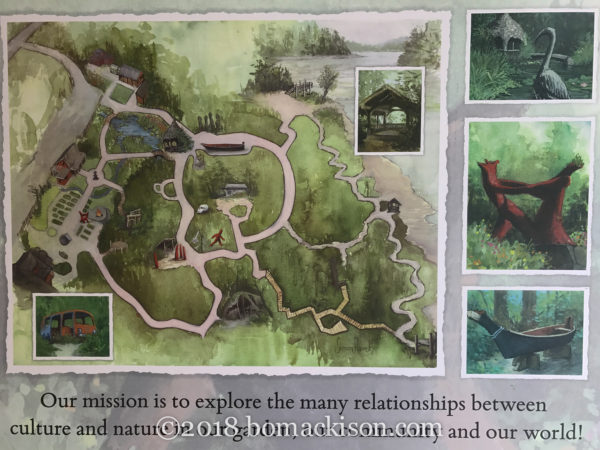
Some journal prompts I’m considering using:
- Five details from the day using each of the five senses– sight sound taste touch smell
- A snippet of overheard conversation
- A piece of sidewalk “trash” to glue in the journal
- Maps and brochures
- A map drawn by a local for getting unlost or their written directions
- One thing that is ordinary and mundane
- Snapshot word pictures, which include both macro and micro details
- Write a daily haiku
Include found items:
- In-flight magazines
- Menus
- Stamps
- Paper money
- Price tags and receipts
- Candy wrappers
- Postcards
- Beer and wine labels
- Comics
- Advertisements
Consider keeping running lists in the back of the Journal:
- Funny moments
- Beers for Bob
- Culinaria (I hear reindeer is on one of the special menus.)
- Cheesy souvenirs I did not buy
- Transportation
- Epiphany du jour
- Glossary of the new terms/foreign words or phrases to remember
A final reminder:
Journaling or creating art or taking photographs are all important travel-companion activities, but the primary focus should always be on the experience.
That acknowleged, these sorts of activities will enhance my travel experience and will provide me with a sense of familiarlity in a unfamiliar setting.
We are here to do,And through doing to learn;And through learning to know;And through knowing to experience wonder;And through wonder to attain wisdom;And through wisdom to find simplicity;And throughsimplicity to give attention;And through attention,To see what needs to be done…~ Ben Hei Hei, Wisdom of the Jewish Sages by Rabbi Rami M. Shapiro

